Cadets
-
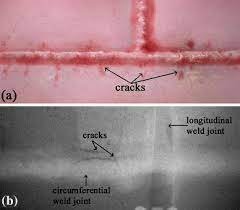
Dye Penetration Testing
Contents Introduction Purpose of Dye Penetration Testing Why Dye Penetration Testing is Used Process of Dye Penetration Testing Manufacturers Using…
Read More » -

Salinometer: Definition and Uses
A salinometer, also known as a salinity meter, is an instrument used to measure the concentration of salt in a…
Read More » -

Enclosed Spaces Onboard
Table of Contents Introduction Definition of Enclosed Spaces Importance of Enclosed Spaces Safety Common Hazards in Enclosed Spaces Statistics of…
Read More » -
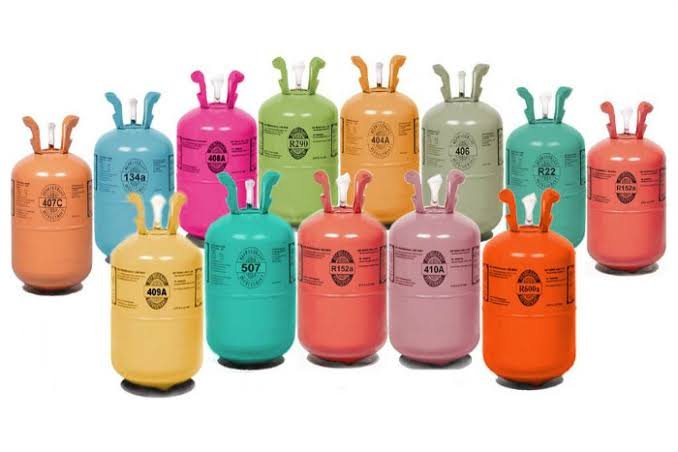
Types of Refrigerants Used in the Maritime Industry
1. R-134a (Tetrafluoroethane) Pros: Non-flammable and non-toxic: Safe for use in various applications. Stable and efficient: Good thermal stability and…
Read More » -
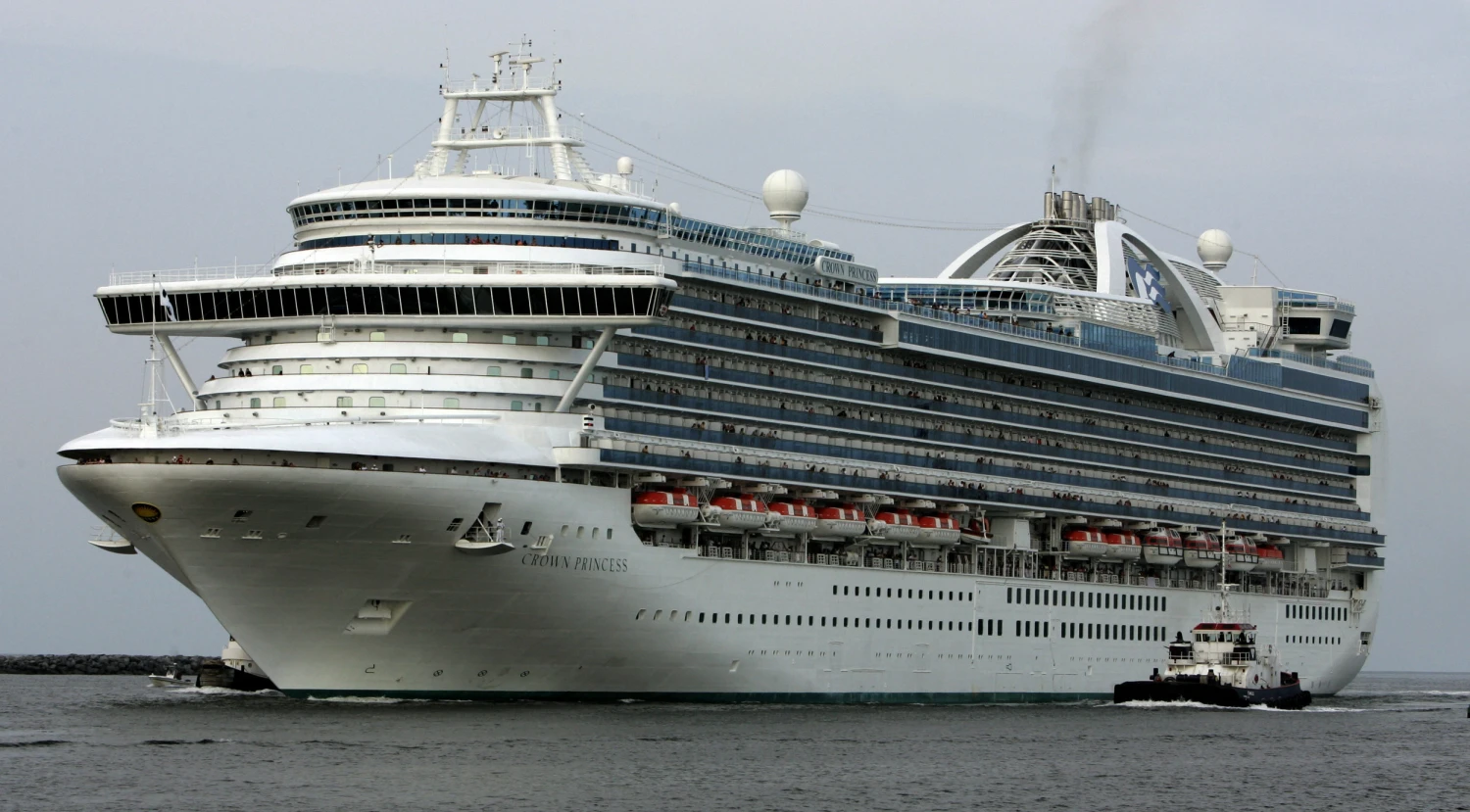
Princess Cruise Lines “Magic Pipe”
Background In 2016, Princess Cruise Lines, a subsidiary of Carnival Corporation, faced the largest-ever criminal penalty for deliberate pollution by…
Read More » -
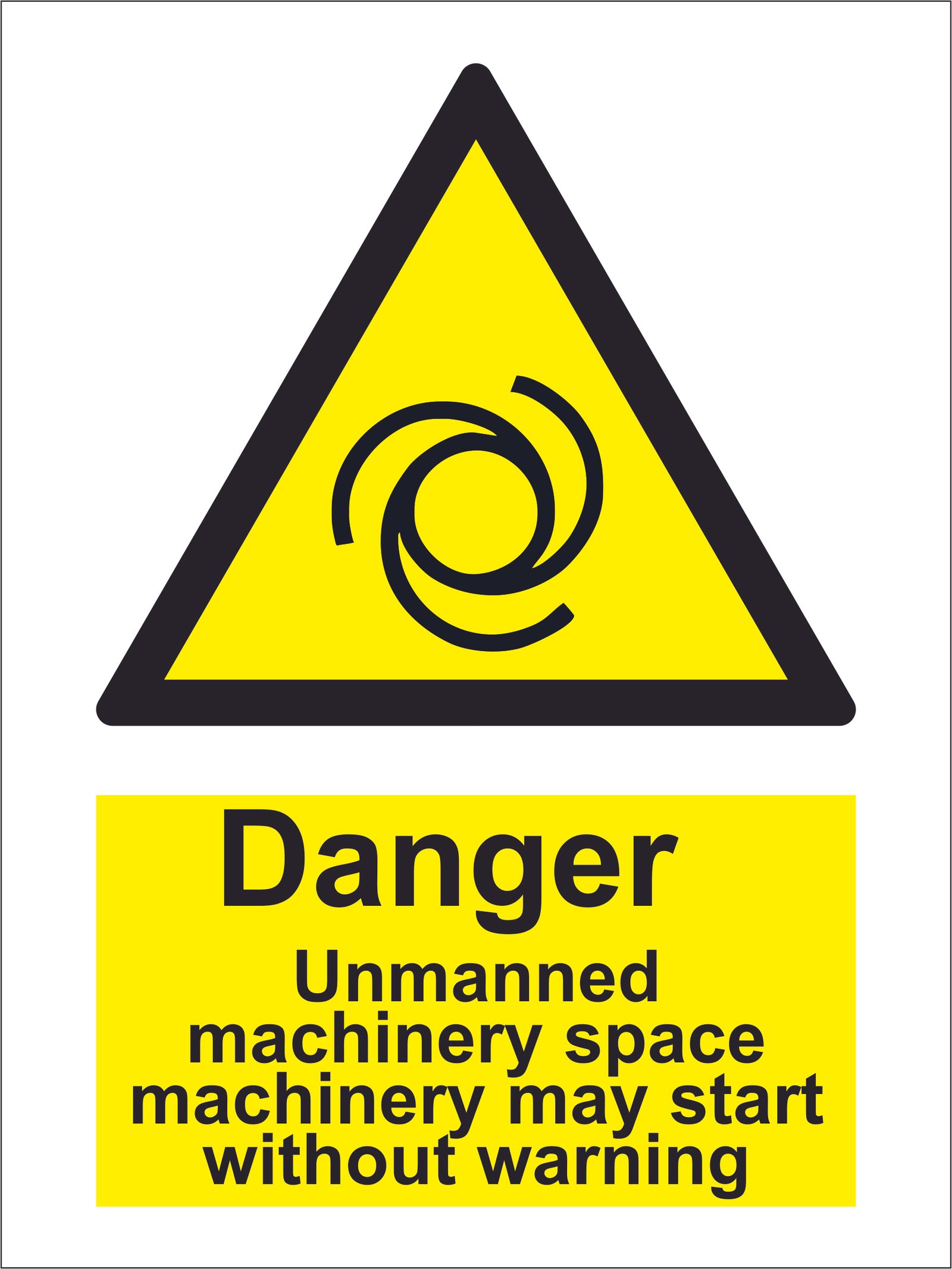
Unmanned Machinery Spaces
Introduction to Unmanned Machinery Spaces (UMS) Definition of Machinery Space How UMS Works in the Maritime Environment Key Components of…
Read More » -
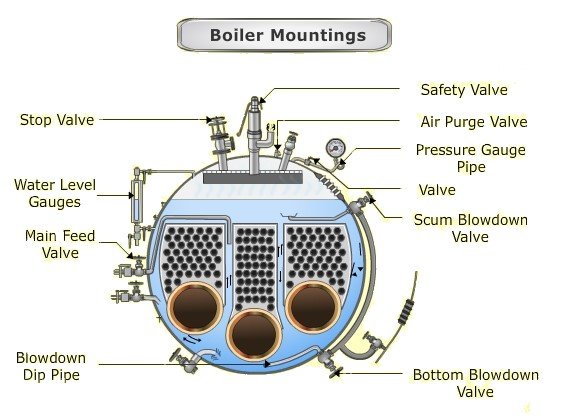
Boilers Onboard Ships
Introduction Types of Boilers Used on Ships 2.1 Fire Tube Boilers 2.2 Water Tube Boilers Main Uses of Boilers on…
Read More » -
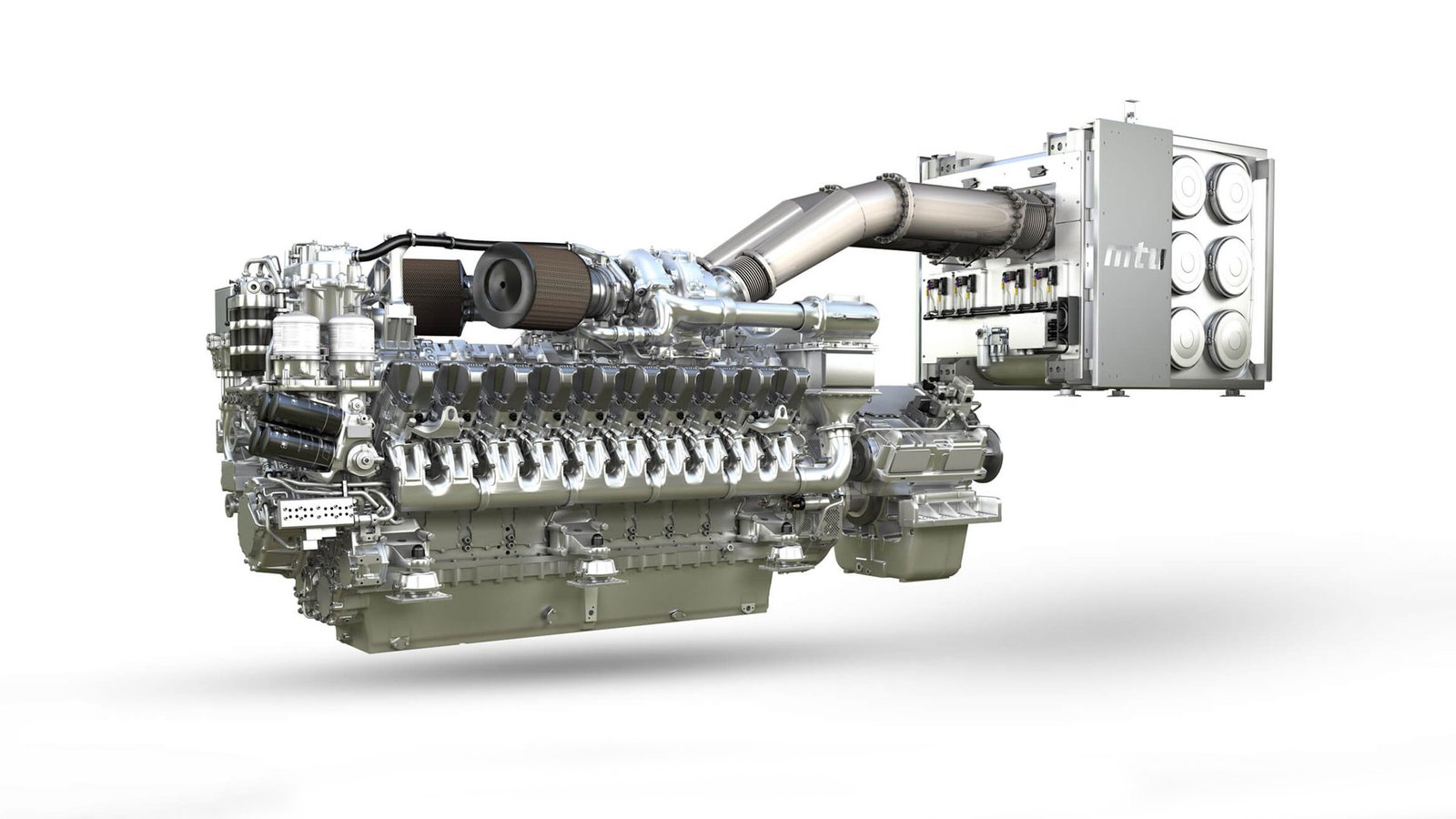
Slow speed ? med ? high ?
Introduction Engine Classifications and Speeds 2.1 Slow Speed Engines 2.2 Medium Speed Engines 2.3 High Speed Engines Uses in the…
Read More » -
Principles of Four-Stroke
Introduction Components of a Four-Stroke Engine The Four-Stroke Cycle Intake Stroke Compression Stroke Power Stroke Exhaust Stroke Comparison with Two-Stroke…
Read More » -
4-Stroke Engine Construction
Introduction Principles of 4-Stroke Engine Operation 2.1 The Four Strokes 2.2 Engine Cycle Overview Components of a 4-Stroke Engine 3.1…
Read More »
